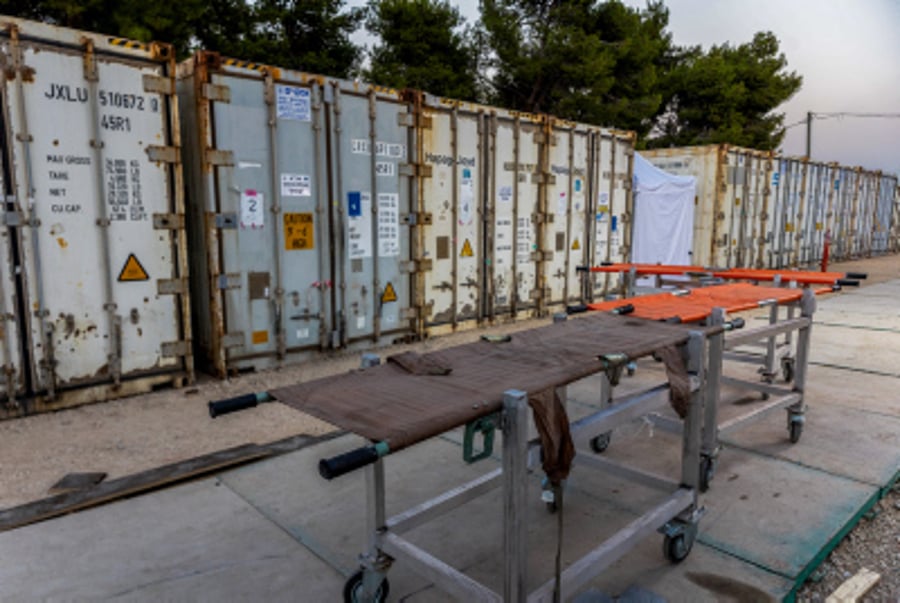
In the wake of the October 7 Hamas attack on Israel, a chilling task faced the nation: identifying the victims of one of the deadliest days in the country's history.
Now, a report by Israel's State Comptroller, Matanyahu Englman, sheds light on the process—and the compromises made in the name of speed.
The report, which was temporarily halted following a Supreme Court ruling, has uncovered several critical issues in the identification process at the Shura camp, managed jointly by the IDF and Israeli Police.
One of the most startling revelations is the decision to forgo CT scans for civilian victims to expedite the identification process. This choice, while increasing speed, led to unintended consequences:
- Multiple bodies were inadvertently buried together.
- Some victims were mistakenly classified as missing or kidnapped for extended periods.
In contrast, CT scans were performed on fallen IDF soldiers. However, even this process wasn't without flaws. In some cases, burials occurred before scan results were fully analyzed, leading to the grim necessity of reopening graves upon discovering multiple bodies in single coffins.
The report highlights a critical oversight: the lack of photographic evidence and forensic examinations. This omission could have far-reaching consequences:
- Difficulty in prosecuting perpetrators, particularly for sexual crimes and desecration of bodies.
- Loss of crucial historical evidence documenting the atrocities committed.
In the civilian section of the camp, a decision was made to only open body bags enough to reveal the victim's face. If identification wasn't possible from this limited view, the bag was set aside. This approach, while faster, overlooked potential identifying items such as cellphones, wallets, or ID cards that victims may have been carrying.
It's crucial to note that the IDF and Israeli Police faced an unparalleled challenge. Despite the issues raised, the speed and percentage of successful identifications were record-breaking compared to other mass casualty events worldwide.
The report suggests that the decision to prioritize speed over thorough scientific examination and documentation was made reactively, based on the immediate situation on the ground. Notably, this crucial decision was not brought to Israel's security cabinet, despite its significant diplomatic implications.



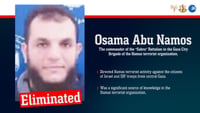
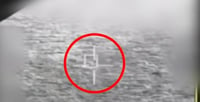
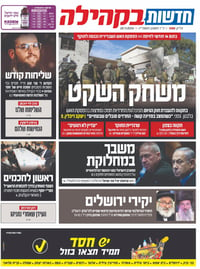
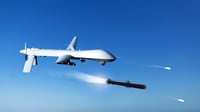

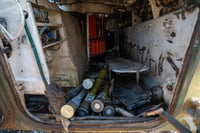




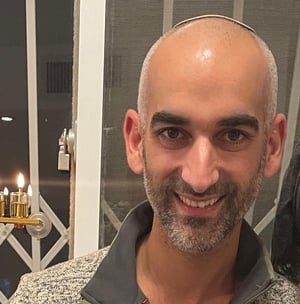
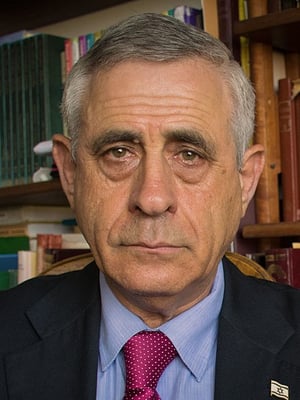

0 Comments